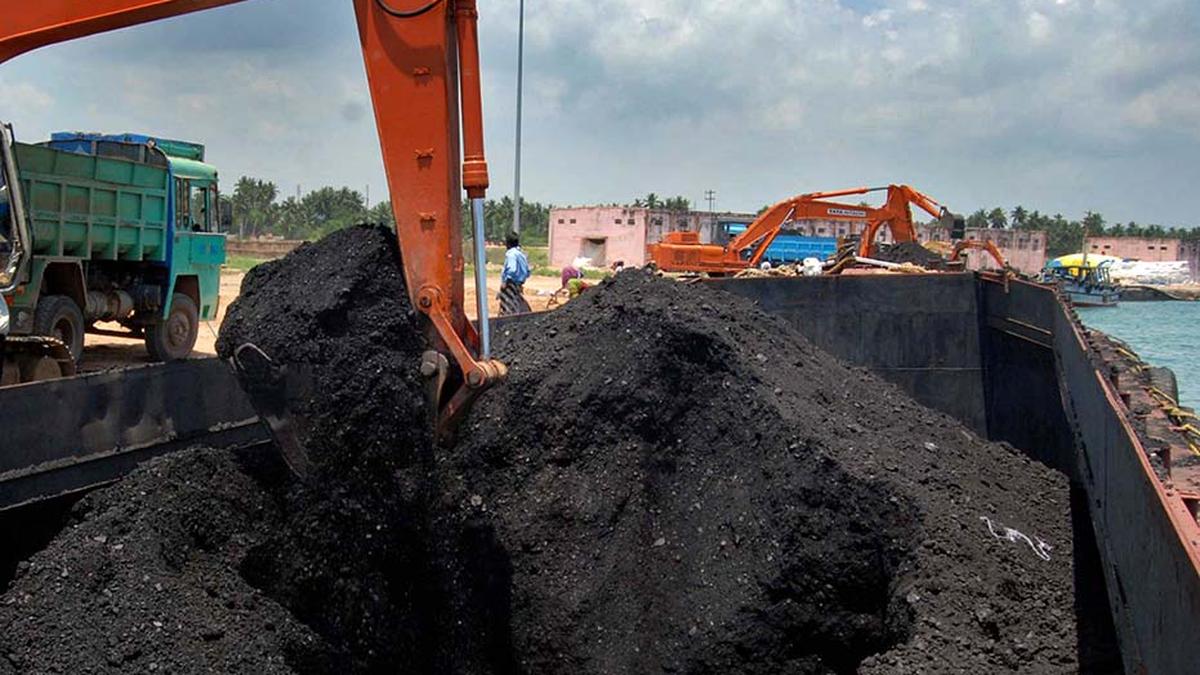
Global coal demand expected to decline by 2026: IEA report
The Hindu
Global coal demand to decline by 2026, India to remain "driving force" despite record production in 2023.
Despite reaching an all-time high in production this year, global coal demand is expected to decline by 2026, said a report by the International Energy Agency (IEA). While this decline is expected to be due to a shift towards renewables and plateauing demand from China, India would remain the “driving force” for the fuel until that year.
The report, released on December 15, sees the global demand for coal rising by 1.4% in 2023, surpassing 8.5 billion tonnes for the first time. This increase however masks stark differences among regions. While demand in the European Union and United States is expected to drop 20% each, it is expected to rise 8% in India and 5% in China in 2023 due to demand for electricity and diminished electrical generation from hydropower.
The IEA’s expectations of a decline in coal demand is premised not only on a rise in renewable energy capacity but also a change in global climate. The current El Nino conditions, usually linked with drier monsoons in Asia, are expected to turn to La Nina and generally linked to better rainfall during 2024-2026. This will presumably translate to greater hydropower output.
Also Read | Union government asks private firms to ramp up investments in coal-fired plants despite global pressure
Moreover, a steep upward trend in low-cost solar photovoltaic deployment is expected to aid renewable power generation. “Further to that, nuclear generation is set to see moderate increases, especially in China, India, and the European Union. Against this background, coal-fired generation is likely to be pushed into a downward trajectory from 2024,” the report notes.
Currently, a little over half the world’s coal demand comes from China. With a major expansion of renewable energy expected, coal demand in the country is expected to fall in 2024 and plateau in 2026. Overall, this will result in a 2.3% fall in global call demand by 2026.
Coal, the most important energy source for electricity generation, steel-making, and cement production, is also the largest source of carbon dioxide (CO2) emissions from human activity. Despite forecasts of a fall, global consumption is expected to remain well over 8 billion tonnes through 2026, according to the market report.











